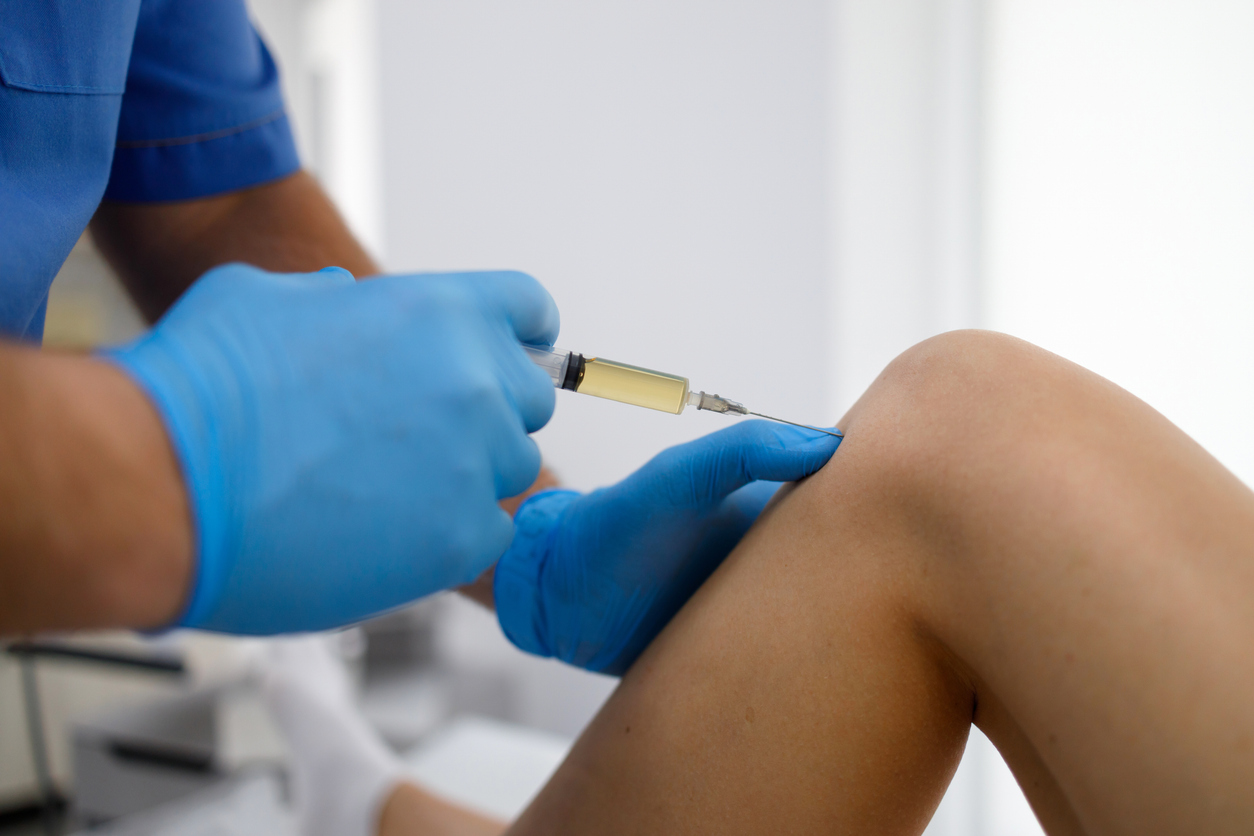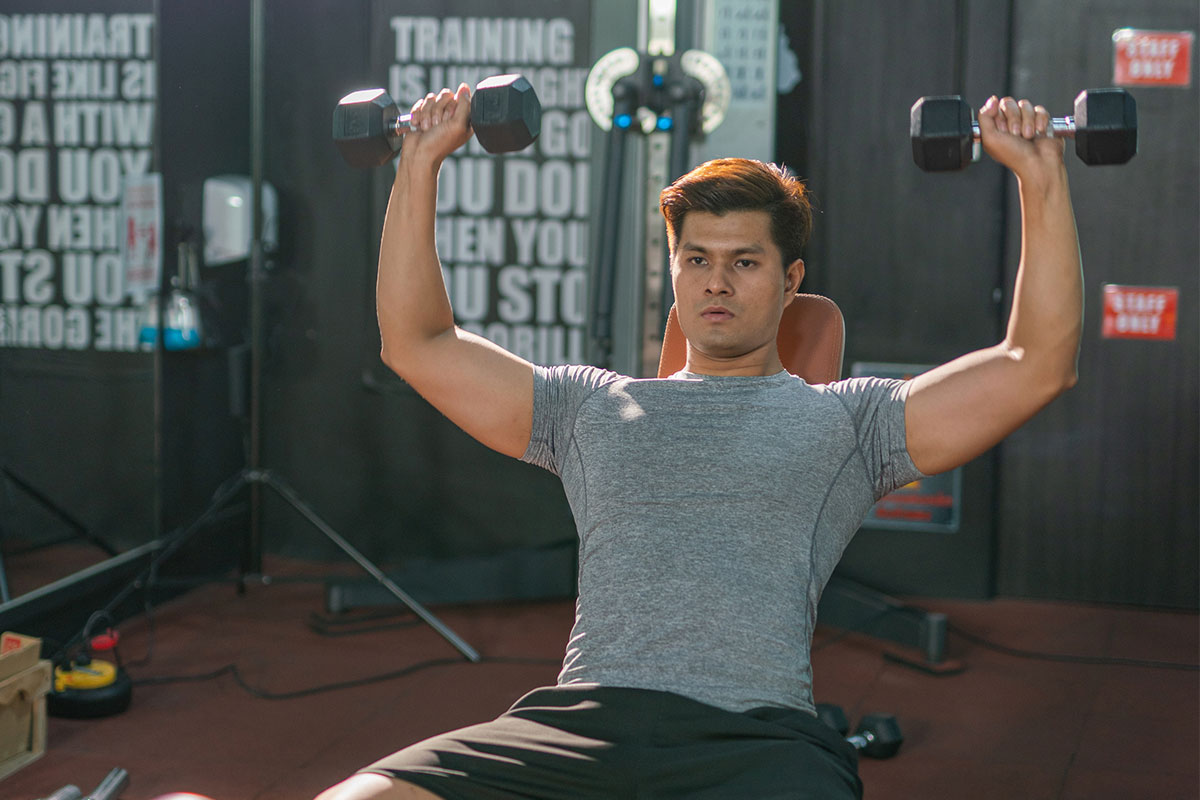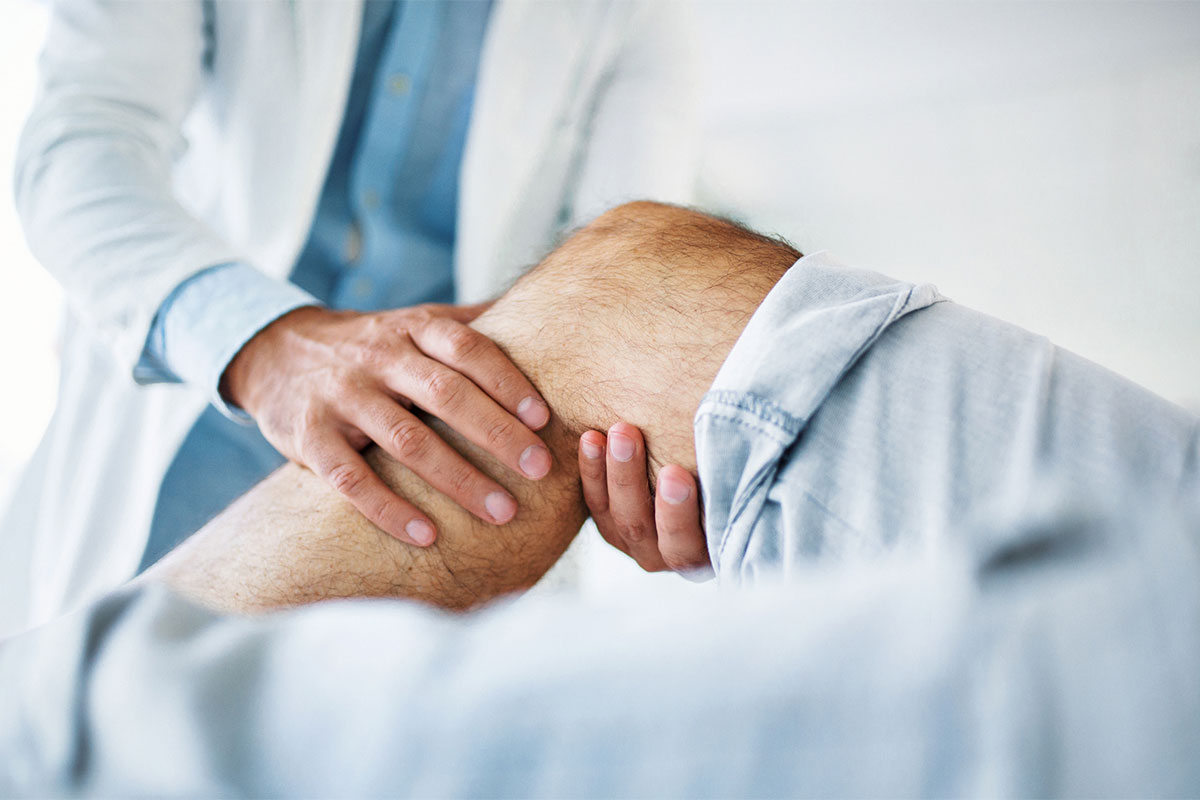- info@westlakesportsmed.com
- 737-237-5750
- 5656 Bee Caves Rd. Suite F-201 Austin, TX 78746




Following a PRP injection, it’s common to experience mild discomfort, swelling, or bruising at the injection site. These side effects are typically short-lived and resolve within a few days.
While most patients can resume normal daily activities right away, it’s best to avoid strenuous exercise or heavy lifting for 24–48 hours to allow the treatment to take full effect.
Improvement may occur gradually, depending on the condition being treated—some patients notice changes within a few weeks, while others may take a few months to experience full results. Follow-up appointments will help monitor your progress and adjust your care plan as needed.
To ensure optimal healing after your PRP injection, please follow these recommendations:
These steps support your body’s regenerative process and help you get the most from your treatment.
PRP injections are just one part of a comprehensive, personalized treatment strategy. While they can be highly effective in promoting tissue healing and reducing pain, the best outcomes are often achieved by combining therapies.
A comprehensive plan may also include:
At Westlake Sports Medicine, care is tailored to your unique needs—ensuring each therapy
complements the next for sustainable, long-term results.